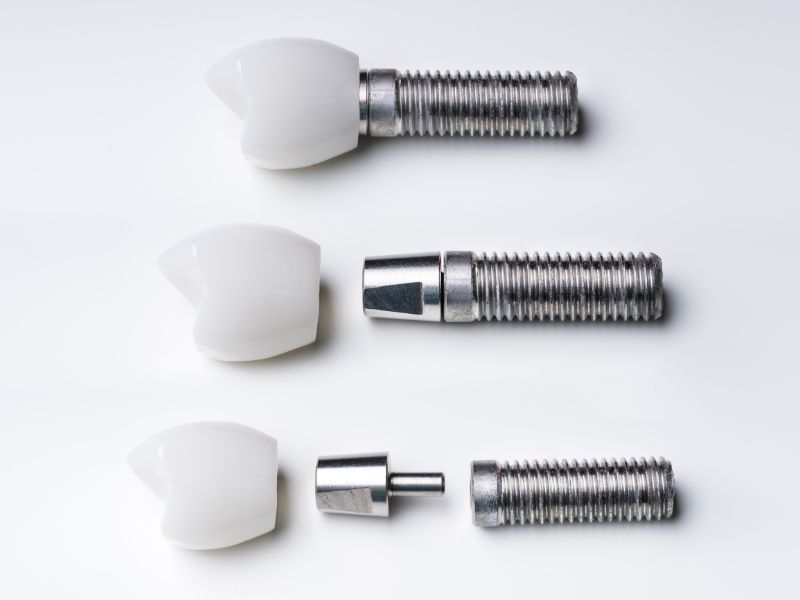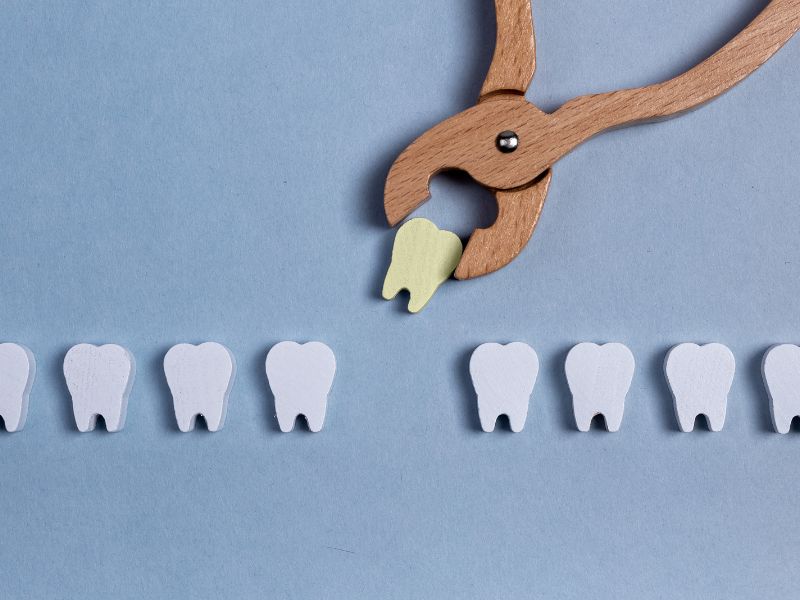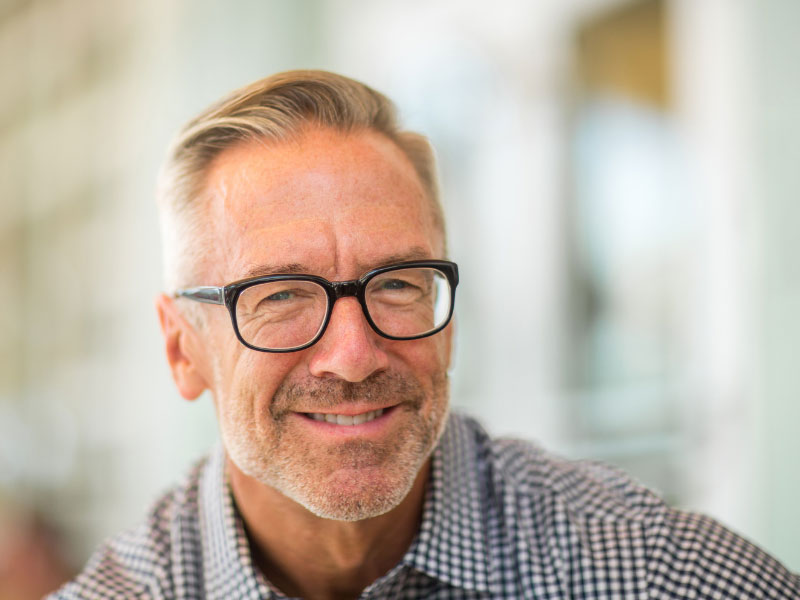Dental Implants: Modern Solutions for Lasting Oral Health
Contributed by DentalROI
It's never a small thing to lose a tooth. Tooth loss can cause a chain reaction of changes in the mouth, in addition to leaving a gap in a smile. The teeth next to the one that has the root may start to move, the bite may change, and the bone that used to hold the root may start to go away. Over time, this bone loss can change the shape of the face in small ways, making the mouth look collapsed or the face look older than it really is.
For generations, patients had to accept dentures or bridges as the only way forward. Both helped restore function, but neither really dealt with the underlying issue of bone loss. That is where implants have changed the field: they not only replace the visible crown of the tooth, but they also replace the root, giving the tooth a new base for long-term health and stability.

















